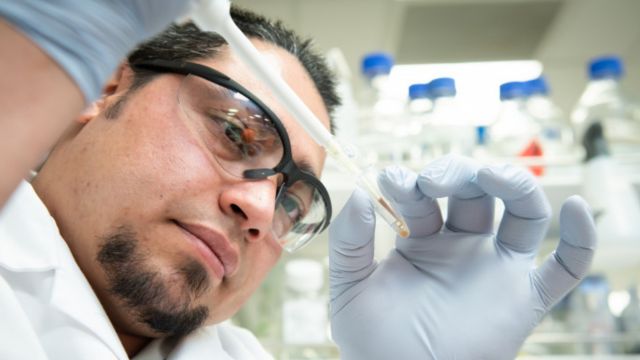
Protecting the safety of kaimoana for future generations
Eating shellfish contaminated with toxins from dinoflagellate algae, which can be 1,000 times more potent than cyanide, can in some cases be fatal. It can also have crippling and expensive consequences for the growing aquaculture industry.









